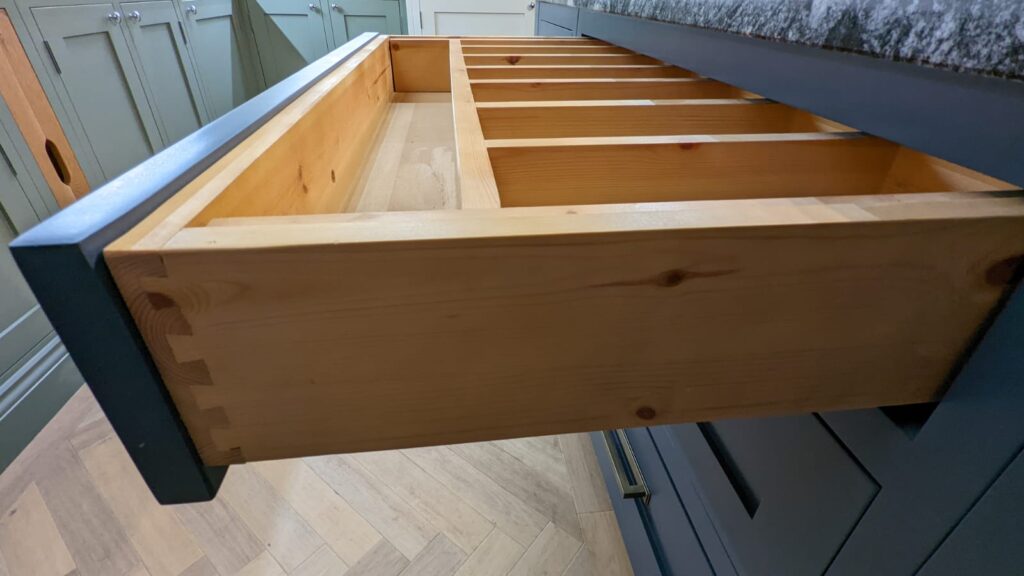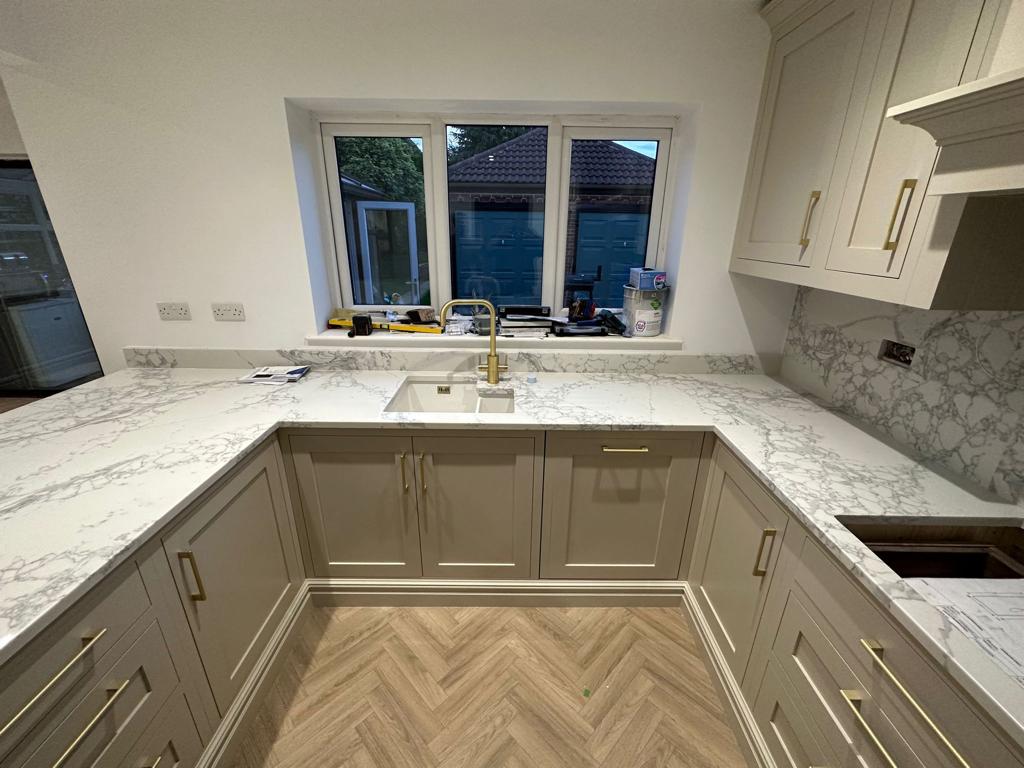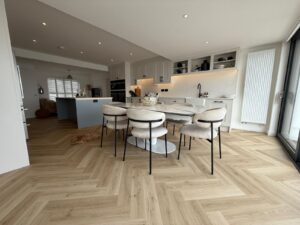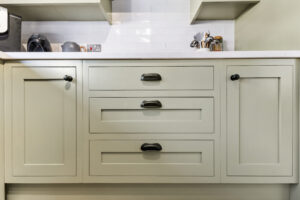Small kitchens can be incredibly satisfying to design. Every decision—from layout to colour choice—has a tangible impact on how the room feels and functions. By combining strategic storage, the right appliances, and thoughtful décor, you can transform a compact kitchen into a comfortable, efficient area that looks bigger than it really is.
1. Evaluate Your Cooking Habits
Before you start picking out cabinetry or splashbacks, take a moment to think about how you actually use your kitchen. Are you a keen baker who needs space for mixing bowls and utensils, or do you focus more on quick meals and easy clean-up? Understanding these habits will help you choose the right layout.
Keep your fridge, cooker, and sink in a functional “work triangle” to make food prep as smooth as possible. If you have a narrow room, a galley layout can be ideal. In an L-shaped space, you might have room for a small breakfast bar. Even a single-wall setup can work beautifully if you use clever storage to keep everything within reach.
2. Embrace Smart Storage Solutions
Storage is often the biggest challenge in smaller kitchens. Deep cabinets might look spacious on the outside but can quickly become clutter zones if you can’t see what’s at the back.
- Pull-out shelves or internal drawers help you access items effortlessly
- Vertical storage makes use of empty wall space—think open shelves or hanging racks
- Corner units with rotating carousels maximise typically underutilised nooks
When your essentials are neatly organised, you’ll find it easier to maintain a calm, inviting atmosphere.

3. Light, Colour, and the Illusion of Space
The way you use light and colour can make a small kitchen feel significantly more open. Pale or neutral shades reflect natural light, creating an airy ambience. If you want a bold pop of personality, focus on a single feature—like a vibrant splashback—rather than overwhelming the entire space.
It’s also worth adding task lighting under cabinets or above work areas to brighten any dark spots. Glossy surfaces, such as polished worktops or mirrored splashbacks, naturally bounce light around the room, giving the impression of extra depth.
4. Pick Appliances with Proportion in Mind
Oversized appliances can dominate a small kitchen and limit your freedom of movement. Slimline or integrated models allow the room to flow, blending neatly with your cabinetry. You can still find high-performance ovens and dishwashers designed for compact spaces—just be sure to prioritise the features that truly matter.
If you love hosting, a dishwasher might be non-negotiable. If quick snacks and fuss-free cooking are your main priorities, focus on a reliable hob and efficient fridge-freezer. Tailor your appliance choices to your lifestyle, and you’ll make the most of every centimetre.
5. Multi-Functional Furniture and Finishing Touches
Even if you don’t have room for a full dining suite, you can often tuck in a small breakfast bar or folding table. Collapsible stools or chairs can be stored away easily when not in use, making the kitchen feel less cramped day to day.
Try to keep clutter to a minimum so worktops stay open for food prep. Stick to a coherent design scheme, and display a few decorative items that reflect your style—maybe a bright kettle, a favourite piece of art, or a patterned tea towel. These small touches add character without making the space seem crowded.
Final Thoughts
A small kitchen needn’t be a disadvantage. With the right layout, smart storage solutions, and attention to details like lighting and colour, you can create a welcoming, practical environment where cooking is a joy. By carefully selecting appliances that fit both your space and your lifestyle—and adding just enough personal flair—you’ll see that bigger isn’t always better when it comes to the heart of your home.




